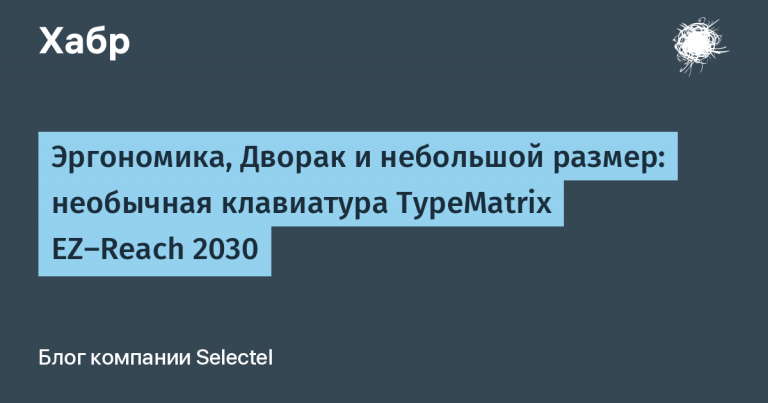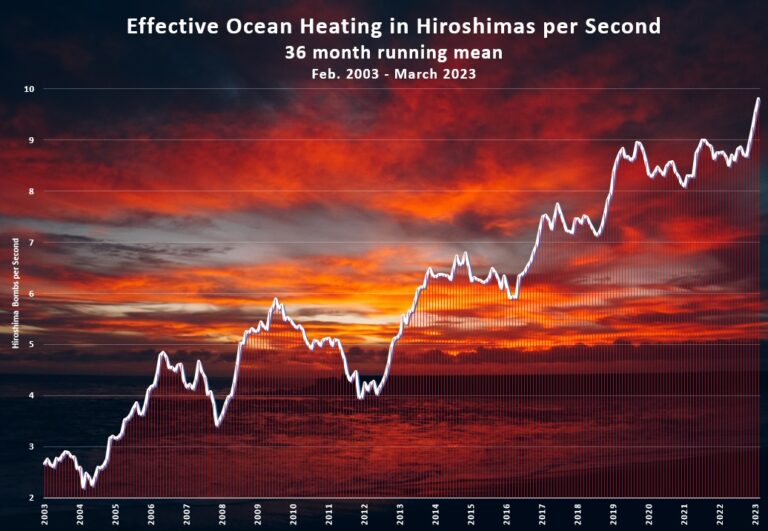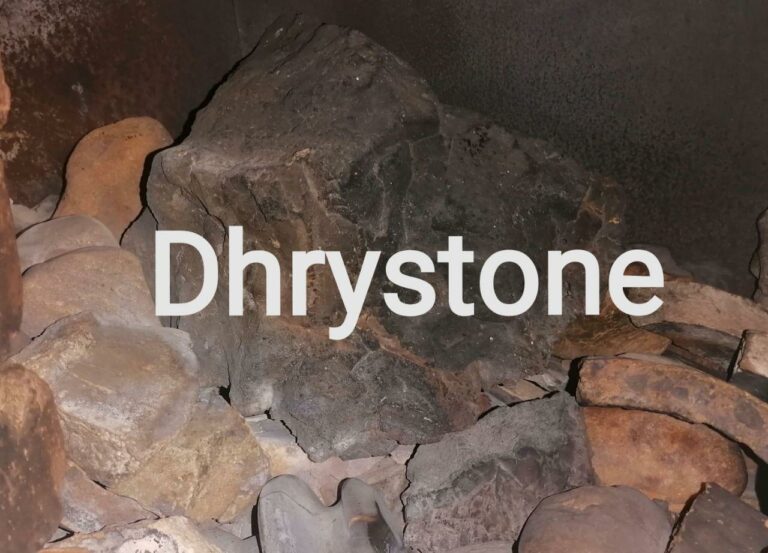Fire Segmentation from Satellite Imagery Using Deep Learning and OpenVINO
The use of deep learning models to solve the problem of semantic segmentation (the task of assigning a label of belonging to a certain class for each of the image pixels) has become a widely used practice in various fields: in medicine for the analysis of x-rays and computed tomography data [1]in the analysis of video from video recorders [2]control of robotic arms [3]. The topic of using deep learning models for satellite data segmentation is developing. [4].
As a rule, different satellite systems operate at different heights and are equipped with different sensors, with different operating wavelengths, so fire detection algorithms are adjusted by developers to specific satellites. The use of deep learning algorithms allows you to get a deeper understanding of the data in order to use one algorithm for different types of satellites with higher recognition accuracy.
A big problem in the problems of processing satellite data using deep learning is the availability of open datasets. Quite quickly, you can find neural network solutions for two fairly basic tasks of analyzing Earth remote sensing (ERS) data: wildfire detection based on Landsat-8 satellite data, and automatic cloud segmentation.
Wildfire Detection Problem Using Deep Learning Algorithms
Wildfire detection research aims to develop methods for determining whether a particular pixel in a multispectral image is a fire image. AT [5] A convolutional neural network architecture was proposed to improve image resolution in images of forest fires according to Sentinel-2 satellite data. You can use the activefire open source dataset to build your own fire detection deep learning models. [6].
The problem of cloud segmentation on remote sensing images using deep learning algorithms
Cloud detection in satellite images is an important first step in many remote sensing applications. AT [7] used the ResNet architecture to distinguish smoke from similar objects (clouds, dust, haze) in 6225 satellite images from the Aqua and Terra satellites. You can use the 38-clouds-segmentation open dataset to create your own deep learning algorithms and models. [8].
Prototype of satellite image segmentation service based on Landsat-8 data
At the University. N.I. Lobachevsky, the Educational and Research Laboratory “Information Technologies” conducts its work, and in one of the projects, 2-3 year students develop a prototype of a satellite data segmentation service using deep learning. The source code of all modules is available on Github [10]. The service consists of the following modules:
-
Data acquisition area selection module
To select the area where fires need to be segmented, a graphical window has been developed with an embedded openstreetmap map, with which you can find a point of interest on the map. The leaflet library was used to embed the map into the application.
-
Landsat-8 Data Acquisition Module
To obtain Landsat-8 images, you can use the landsatxplore Python package, which provides an interface to the EarthExplorer portal for searching and loading Landsat Collections scenes through a command line interface. Data search in the database can be performed by latitude and longitude coordinates, time interval, image cloud level.
-
Data segmentation module using a model in the OpenVINO format
Data segmentation in the program occurs using a model based on the UNet architecture [4]. While students are using a pre-trained model from the authors of the article, they are already diving into deep learning to train the models themselves.
While the service is not able to automatically monitor satellite images for fires, the points and date have to be set manually. But I really want the service to be automated.

The task of measuring the performance of deep learning models is now very relevant, and we also decided to consider it. To measure the performance of the model, the DL Workbench module of the OpenVINO library is used. This module allows you to experiment with varying trigger parameters (number of data streams processed independently; data burst size processed simultaneously; use of half-precision data type). Table I shows the performance data of the model in various operating modes on the Intel i5 10600 CPU (6 cores 12 threads 3.3GHz). The best performance has a configuration when the number of parallel threads is equal to the number of physical processor cores, in this mode, each calculation on one batch is not parallelized into several cores, but is performed on one core.
Table I. Performance of deep learning models using the OpenVINO framework
|
Pack size |
Number of threads |
Scale type |
FPS, frames per second |
Scale type |
FPS, frames per second |
|
one |
one |
FP16 |
4.83 |
FP32 |
4.88 |
|
one |
2 |
FP16 |
5.26 |
FP32 |
5.30 |
|
one |
6 |
FP16 |
5.94 |
FP32 |
5.91 |
|
2 |
one |
FP16 |
4.38 |
FP32 |
4.41 |
|
2 |
2 |
FP16 |
5.35 |
FP32 |
5.34 |
|
2 |
6 |
FP16 |
5.93 |
FP32 |
5.90 |
|
4 |
one |
FP16 |
4.32 |
FP32 |
4.28 |
|
4 |
2 |
FP16 |
5.48 |
FP32 |
5.38 |
|
4 |
6 |
FP16 |
5.92 |
FP32 |
5.90 |
[1] Lachinov, DA Glioma Segmentation with Cascaded UNet / DA Lachinov, EP Vasilyev, VE Turlapov // Brainlesion: Glioma, Multiple Sclerosis, Stroke and Traumatic Brain Injuries. BrainLes 2018. // LNCS – 2019. – Vol. 11384. – P. 189-198.
[2] Rethinking atrous convolution for semantic image segmentation. https://arxiv.org/abs/1706.05587
[3] Sun, G. Robotic grasping using semantic segmentation and primitive geometric model based 3d pose estimation / G. Sun, H. Lin // IEEE/SICE International Symposium on System Integration – 2020. – P. 337–342.
[4] Pereira, GH Active fire detection in Landsat-8 imagery: A large-scale dataset and a deep-learning study / GH Pereira, AM Fusioka, NB Tomoyuki, R. Minetto // ISPRS Journal of Photogrammetry and Remote Sensing. – 2021. – Vol. 178. – P. 171-186.
[5] Gargiulo, M. A CNN-Based Super-Resolution Technique for Active Fire Detection on Sentinel-2 Data / M. Gargiulo, D. Iodice, D. Riccio, G. Ruello // Photonics Electromagnetics Research Symposium. – 2019. – P. 418–426.
[6] Active Fire Detection in Landsat-8 Imagery: a Large-Scale Dataset and a Deep-Learning Study. https://github.com/pereira-gha/activefire
[7] Ba, R. SmokeNet: Satellite Smoke Scene Detection Using Convolutional Neural Network with Spatial and Channel-Wise Attention / R. Ba, C. Chen, J. Yuan // Remote Sensing. – 2019. – Vol. 11(14). – P. 1–22.
[8] 38-Cloud: A Cloud Segmentation Dataset. https://github.com/SorourMo/38-Cloud-A-Cloud-Segmentation-Dataset
[9] Intel® Distribution of OpenVINOTM toolkit. https://docs.openvino.ai/latest/index.html
[10] satellite image processing. https://github.com/itlab-vision/satellite_images_processing/





